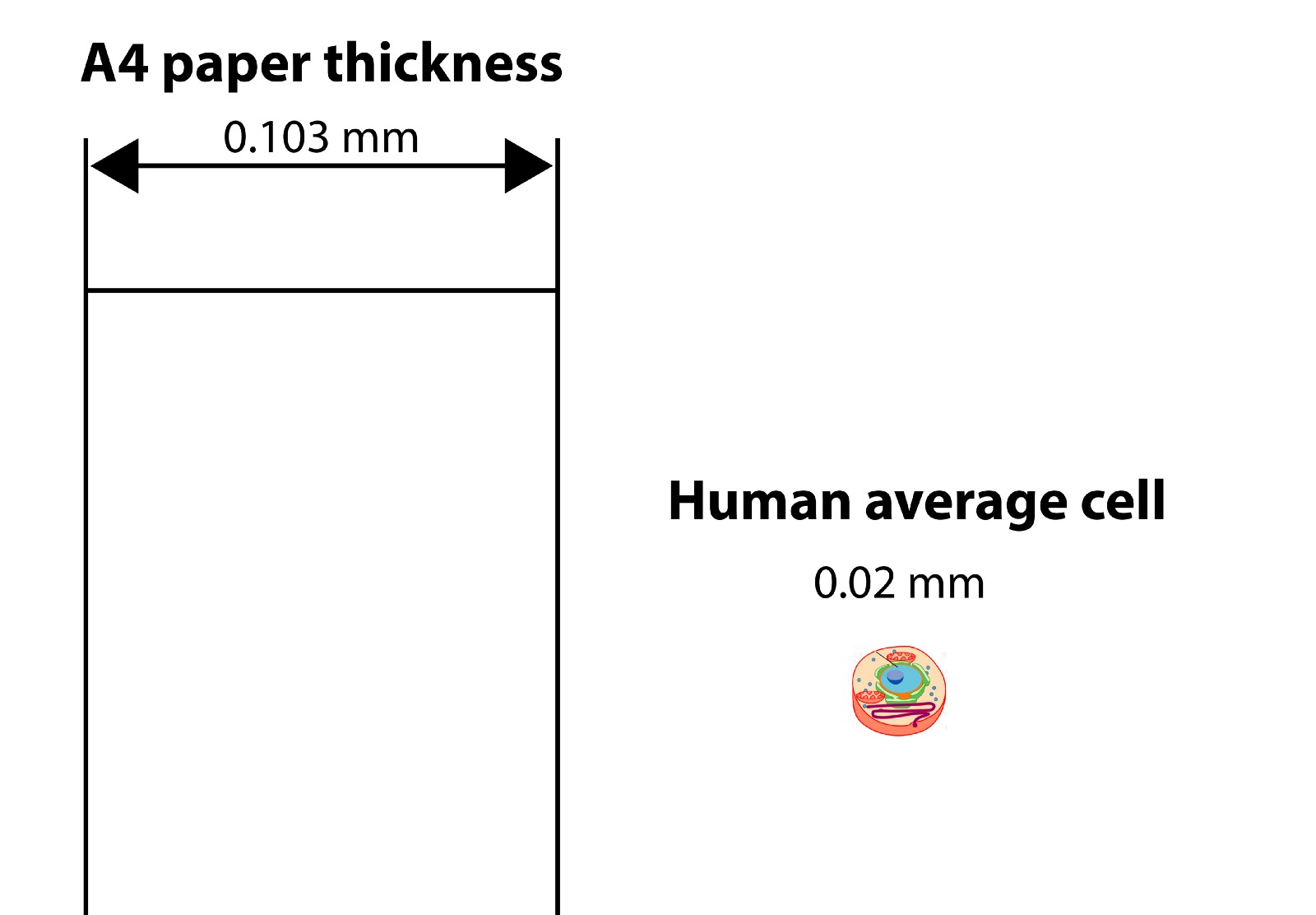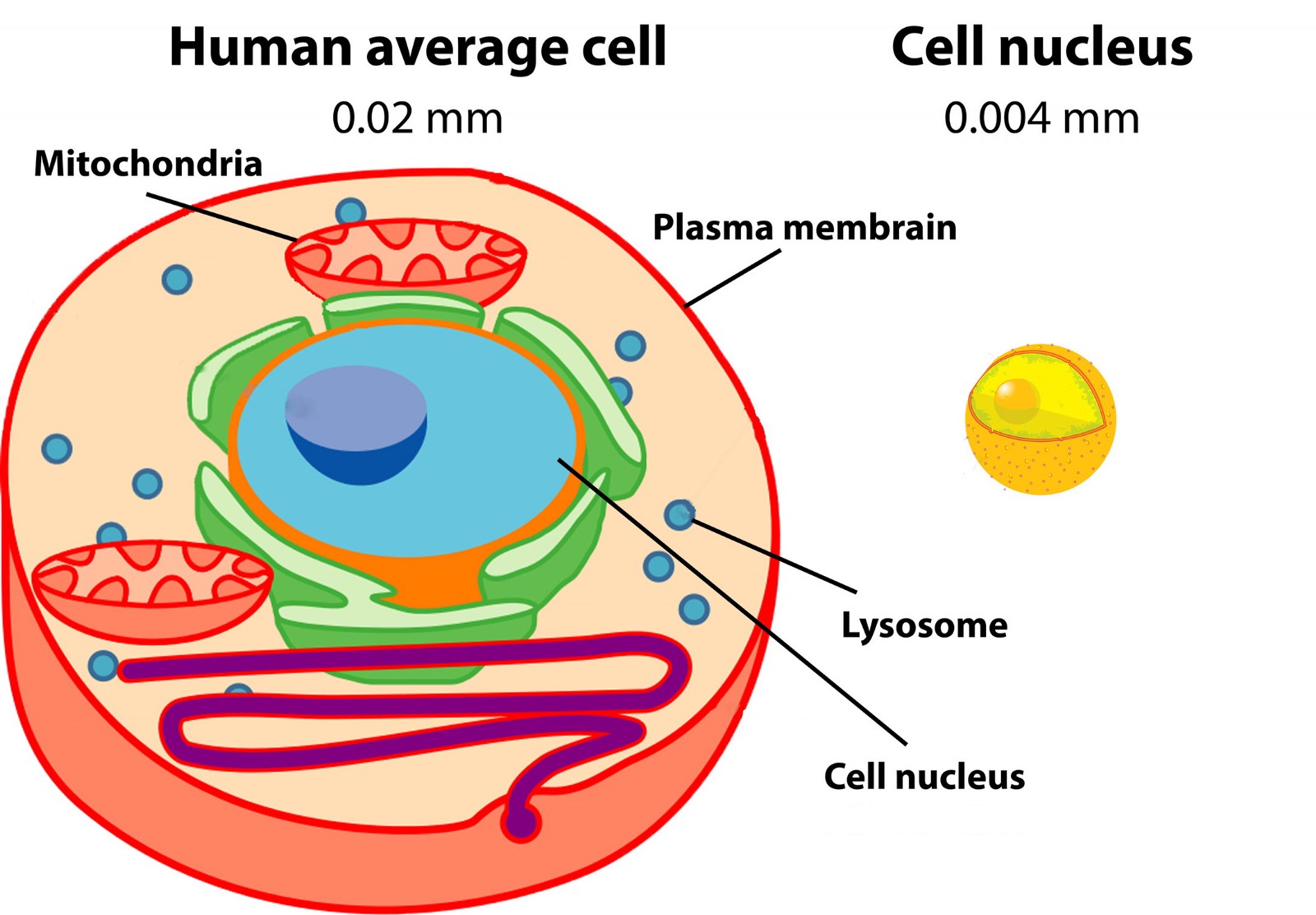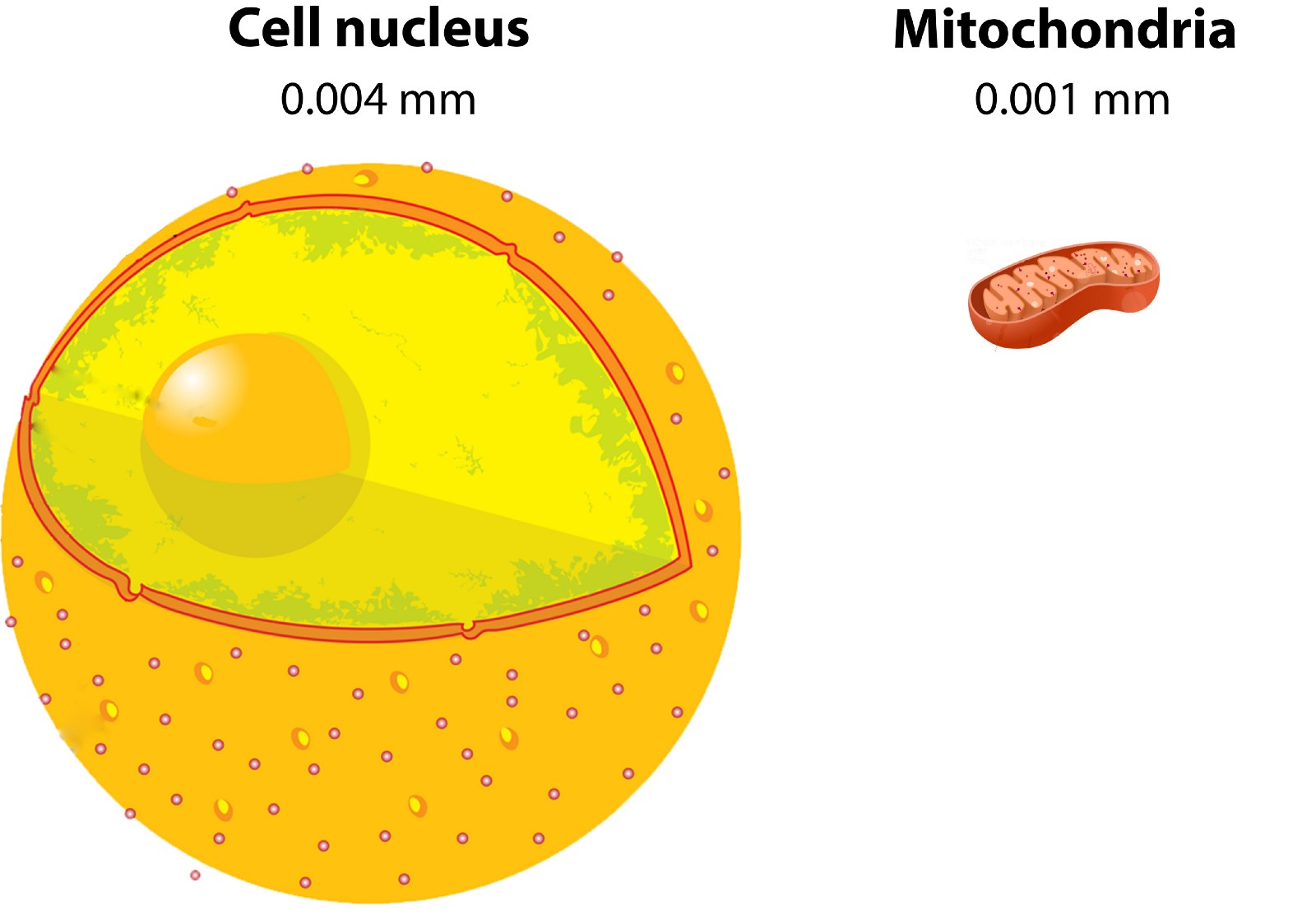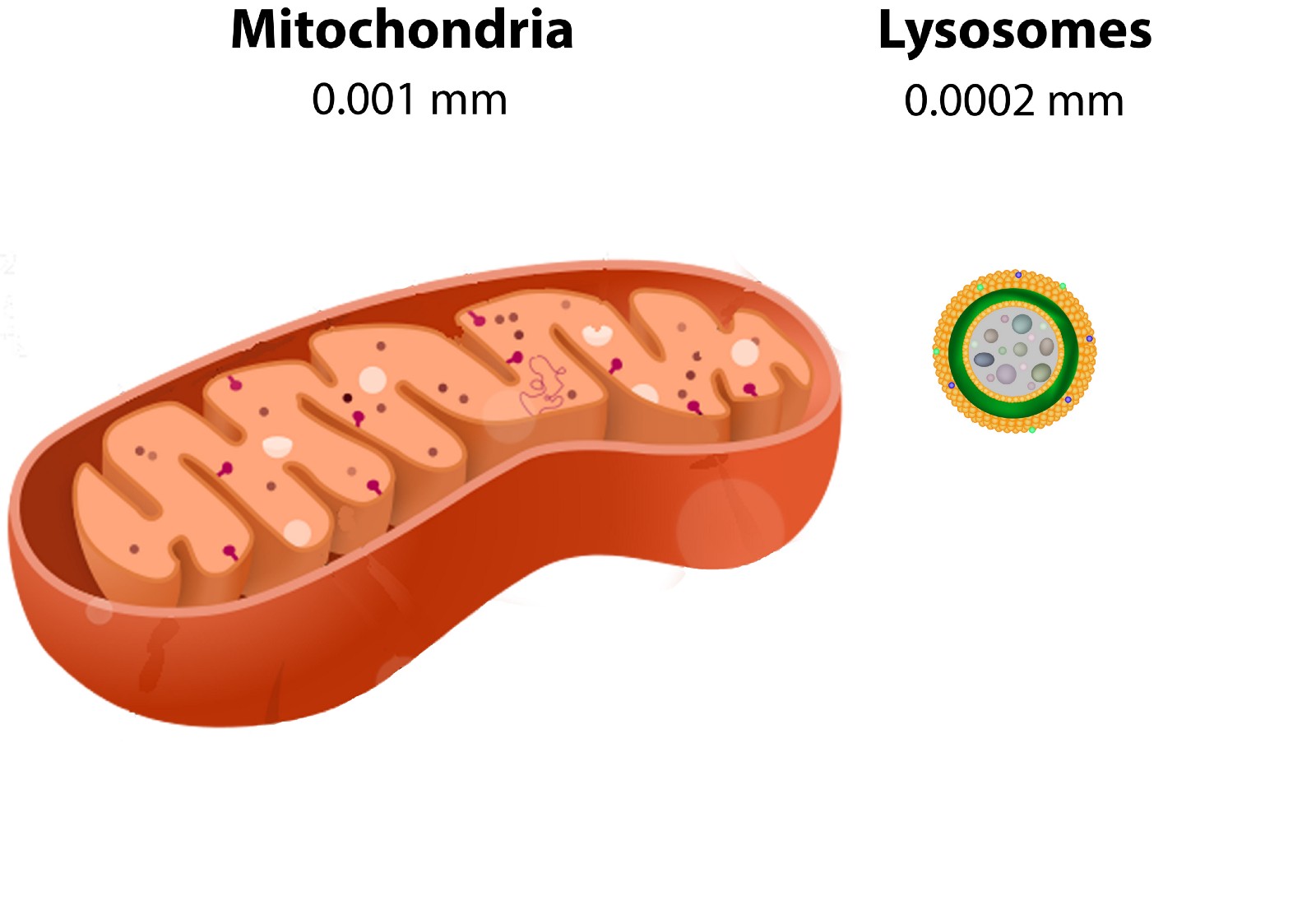Brief Introduction to Cell Biology

The last couple of years I have been doing research in the field of plant cell biology, in particular, I have been dealing with the issue of signaling and regulation of cellular processes. In my free time I indulge in bioinformatics, classic ML tasks, and sports biomechanics. This spring, I, by happy coincidence, swam into the real world and talked to real people, which allowed me to understand how little an ordinary person knows about how his body works and the world around. This prompted me to write a cycle of articles about how our body works, how cells work and how information is finally stored in DNA (detailed descriptions are found, alas, extremely rarely, and there is not enough knowledge about 4 nucleotides to understand DNA work). But perhaps I will begin with the simplest, with the composition of the cells (for a start, in a very simplified form).
It's no secret that almost everything living in this world consists of cells, whether you or me, a beloved cat, algae, or bacteria that help digest everything that a modern person loads his stomach. However, most people know almost nothing about how cells are arranged and how they work. Many of you may argue that their work is not related to biology and they do not need this knowledge, and that is your right. However, in most pressing problems, biological knowledge can help us (for example, to understand the absurdity of advertising of most anti-aging creams, the importance of antibiotics and their correct use, the whole absurdity of disputes on GMOs, etc.).
To begin with, within what limits do cell sizes vary? One of the smallest cells is the Mycoplasma genitalium. In fact, it is a small parasite that lives on the primate mucosa (genital + respiratory tract). And it is really small, about 300 nanometers in diameter (who forgot, a nanometer is 0.000000001 meters). The largest cage is an ostrich egg. Yes! This is just one cell, just unusually large. The average cell of our body is about 5-20 microns in diameter. What would be clearer, comparable with a simple sheet of A4.

Actually there are quite a lot of cells in our body, and according to various estimates a lot is from 1 to 100 trillion. Last time I came across a figure of 37 trillion, let's stop on it. A cell consists of a membrane, various “organs” called organoids. The rest of the space in it is filled with cytoplasm.
Cell nucleus

We are accustomed to having one core, maximum 2, in one cell. In fact, there are noticeable outliers from these data. So the ciliates shoes have 2 cores, and in necrophages there may be up to a hundred. The nucleus refers to two-membrane organelles, that is, is surrounded by two membranes that control the transport of substances into and out of it. It is stored in it almost 99.9% of the entire DNA of the cell and it contains all the hereditary information necessary for the cell. DNA storage is not the only task of the nucleus, it also performs the synthesis of ribosomes, which I will discuss later.
Mitochondria

In the cells of eukaryotes, they are responsible for the production of energy (in addition to a couple of ways of producing energy, which we will not talk about yet). Usually there are several mitochondria in the cell and their totality is called mitochondrion. Like the nucleus, the mitochondria is also a two-membrane organoid. However, the structure of membranes is different from nuclear, but we will not complicate. Mitochondria are often called semi-autonomous organelles. Why? Because inside the mitochondria contains its own DNA, coding part of its own enzymes and participating in the regulation of the organoid. They also have their own protein synthesis system. In size, mitochondria resemble bacteria. And it is worth noting that there is a theory of their bacterial origin. Supposed to that the ancient ancestors of modern eukaryotic cells entered into a symbiosis with the ancient bacteria that "moved" to live inside the cells. The cells provided them with a constant environment and the flow of all the necessary elements, in connection with which the bacterial cells, in the process of evolution, lost the already unnecessary genes for survival in the harsh environmental conditions. In turn, they became a kind of factory for the transformation of compounds like glucose into ATP (the form of energy mainly used by the cell).
Lysosomes

Unlike previously described organoids, lysosomes have only one membrane, and, as you can see, they are much smaller than the nucleus, or mitochondria. Under the lipid membrane of the lysosome contains bullets of hydrolytic enzymes. Despite its size, it participates in a number of processes. So she digests large polymers of proteins and carbohydrates, trapped in the cell; can also digest old (broken) cell organelles; participates in immune responses (with their help, macrophages digest harmful bacteria); regulates growth processes and finally participates in a number of signaling pathways. But we still remember that they are involved in the digestion of various substances trapped in the cell, for further use in the biosynthesis of cellular structures, or the production of energy by mitochondria.
Ribosomes

Today I plan to finish my story on them. These organelles are membrane free. Yes, and by themselves they are the smallest (except for individual elements of the cell skeleton and single enzymes). Created in the nucleus and fed by ATP produced by mitochondria, they intensively synthesize cellular proteins (starting from small signaling proteins, ending with enzymes and large cellular structures such as ion channels, etc.). In the cage there is a huge variety of them, according to various estimates from 1 to 5 million. It is also worth noting that there are two types of ribosomes, the first, larger, located in the cytoplasm of cells, the second characteristic of the internal contents of mitochondria.
I still have not talked about such important components as the Golgi complex and the endoplasmic reticulum. But more about that later.
Let's summarize and form a logical chain of what is happening.
The nucleus contains information that regulates the work of the entire cell. Substances entering from the outside, if necessary, are digested in lysosomes, and decay products are used to synthesize cell components and produce energy, for which mitochondria are responsible. Spent energy is used for protein synthesis by ribosomes located both inside the mitochondria and in the cellular cytoplasm.

